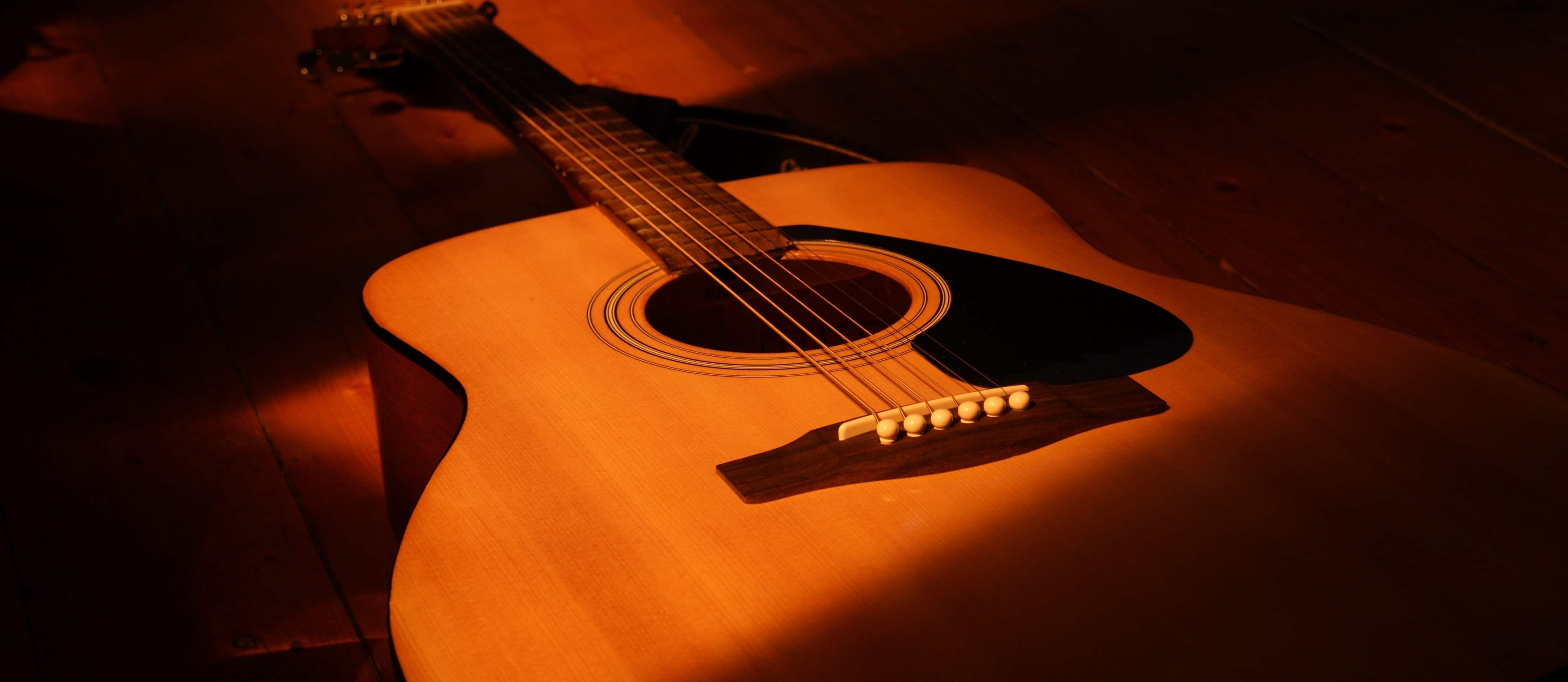Csikszentmihalyi mentions a study he conducted in 1956, where he found that 30% of US Americans were unhappy and increases in material well-being does not seem to affect how happy people are. This reminds me of the saying, “money can’t buy you happiness.” A deeper thought to contributions of one’s happiness more than materialistic things are emotional or spiritual; feeling welcomed and loved or feeling at home as a few examples.
Csikszentmihalyi
describes flow as the effortless, spontaneous feeling you get when entering an
ecstatic state (2004). He lists seven conditions for being in flow: 1)
completely involved in what you are doing; 2) a sense of ecstasy; 3) great
inner clarity; 4) knowing that the activity is doable; 5) a sense of serenity;
6) timelessness; 7) intrinsic motivation. One thing that makes me experience
flow is when I skate on the ice playing hockey. Skating around feels so natural
and calm; I become mesmerized by the puck and the sounds of skate blades
cutting into the ice. All my worries seem to disappear for the time being as if
I entered a different reality. Another moment I experience flow was when
working at Science World and demonstrating science experiments on stage. I
become so focused in the moment interacting with the audience and teaching
science, I often lose track of time. I like to think of myself as being
completely in “the zone.”
Csikszentmihalyi
presents this diagram during his TEDtalk, where flow is in the area with the
optimal mix of challenge and skill. Other areas like arousal, control, and
relaxation could also be desirable. As a mathematics teacher, or any kind of
educator, anxiety, boredom, worry, and apathy should be avoided. To promote
this zone of flow in the classroom, I think teachers need to teach at a level
that is not considered too difficult for students but challenging enough so they
can use their previous knowledge to assist with learning. Some students might
feel that music will help get into flow, so educators should consider allowing
them to listen to music while working and “peeking” to make sure they are on
task. Opportunities to discuss and share ideas students are interested in can
also promote flow in the classroom as it is easy to have conversations about something
one is passionate about. Math puzzles or relevant realistic problems could be a
great activity to help students feel immersed in problem solving as it
challenges their thinking outside of the box and forces them to ask questions.
Video:






